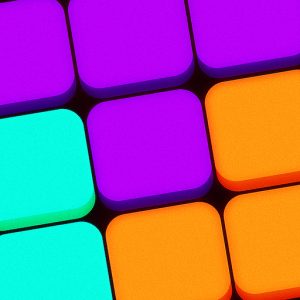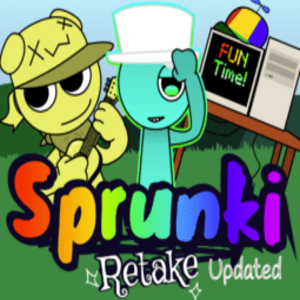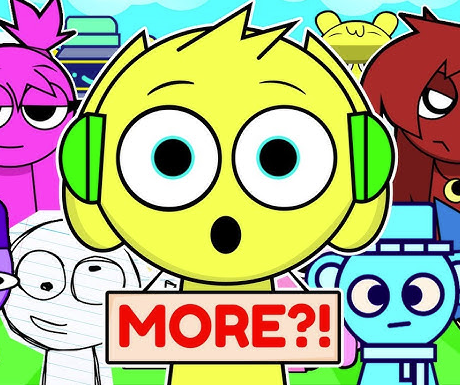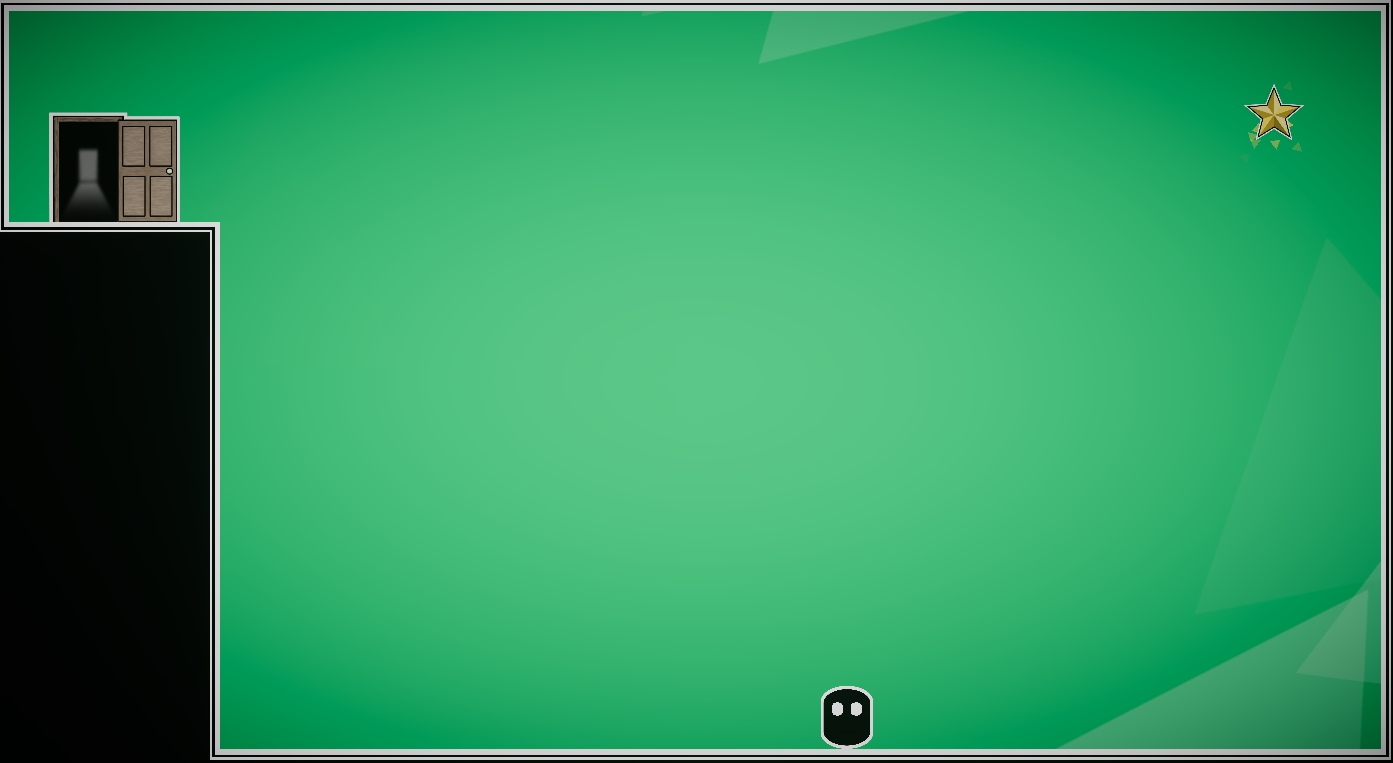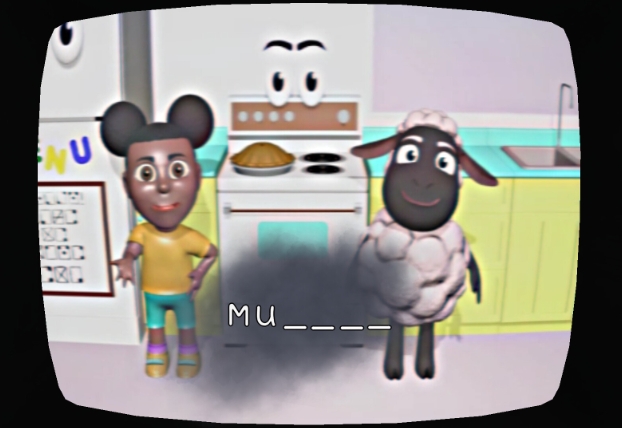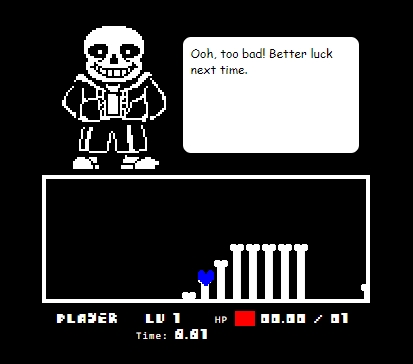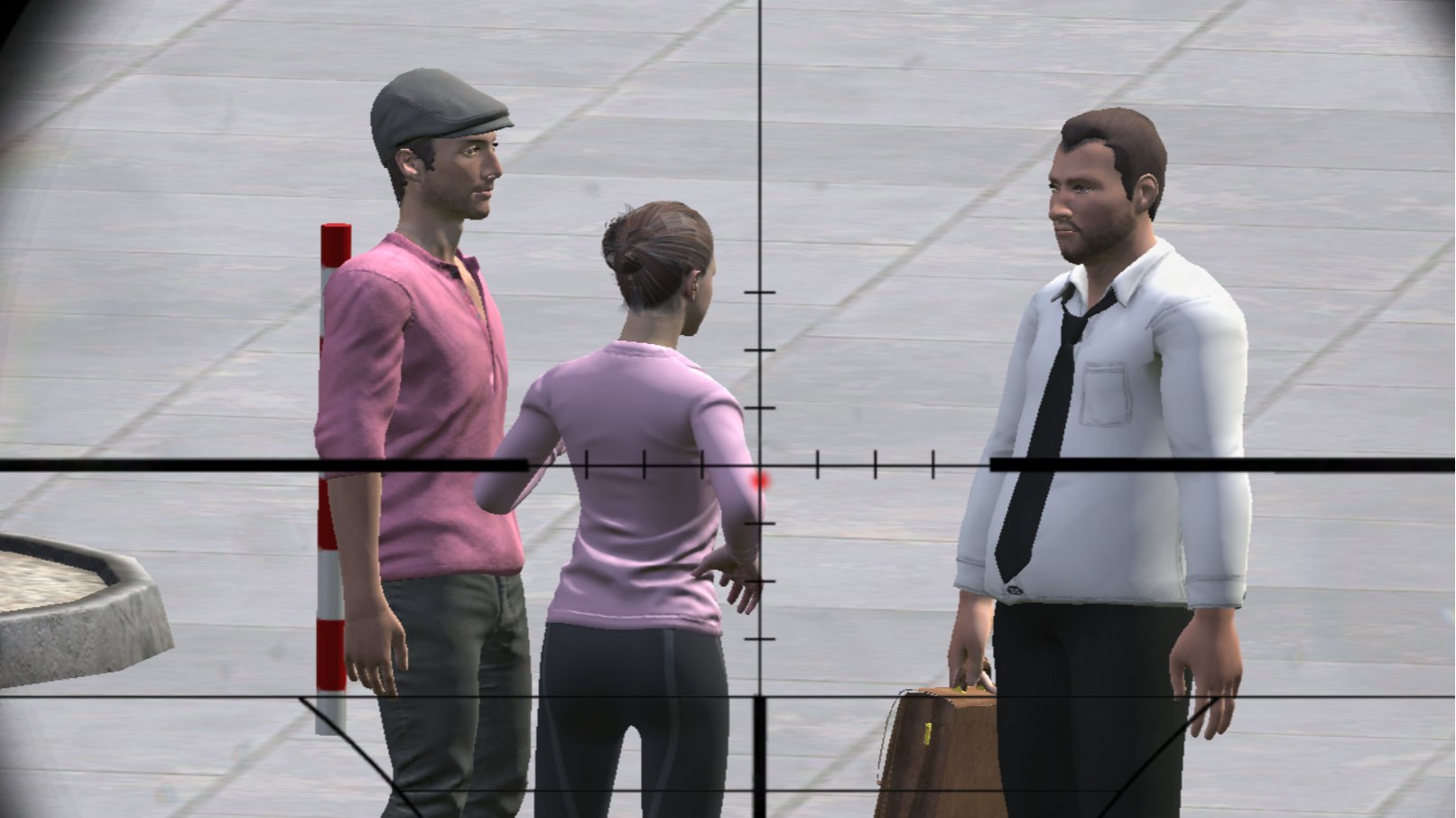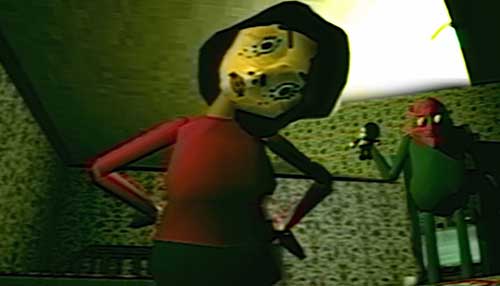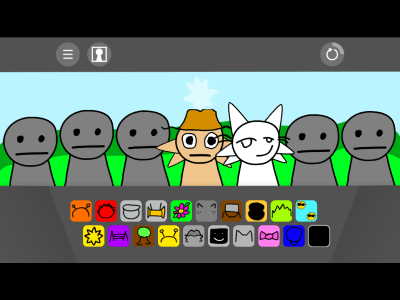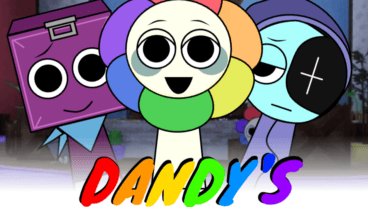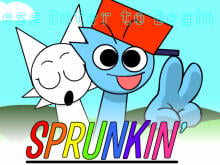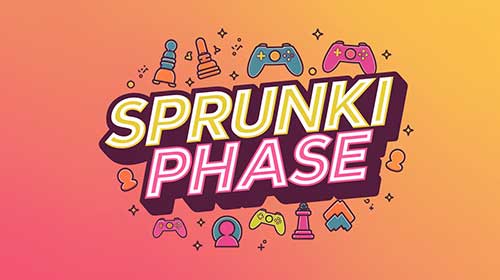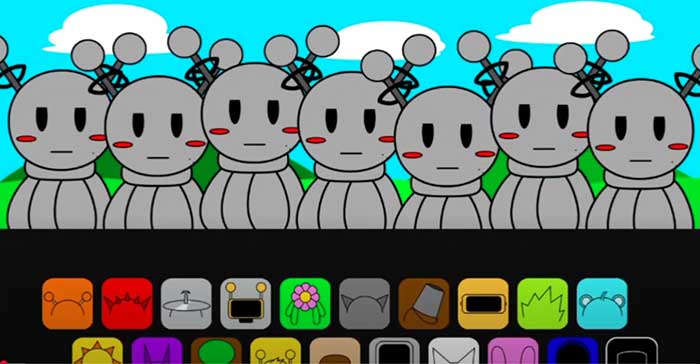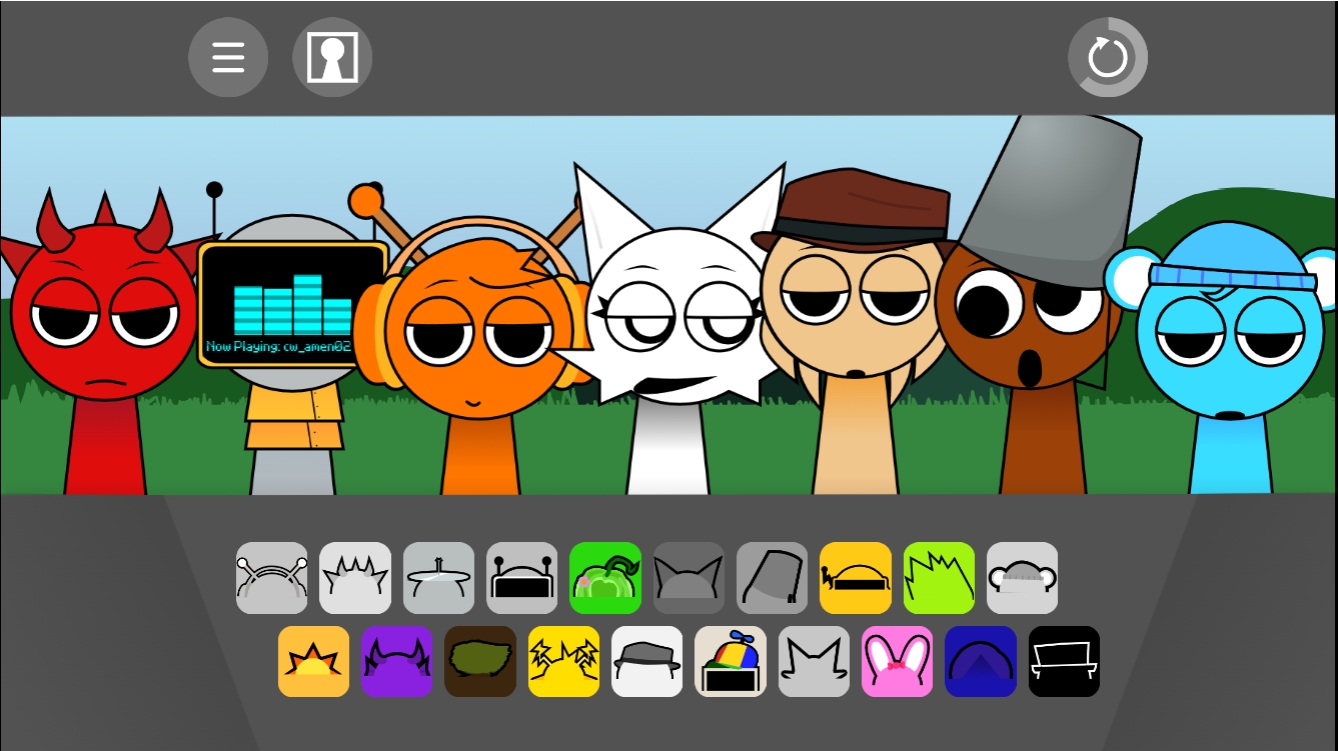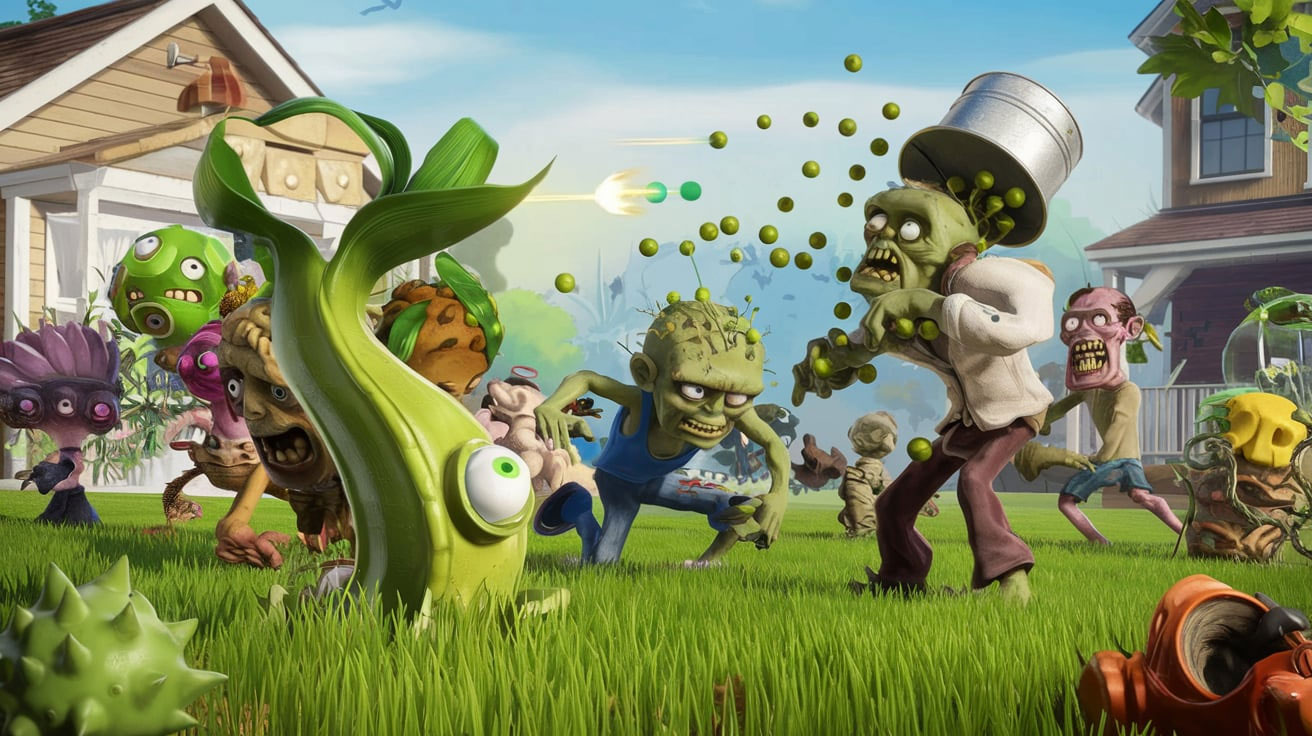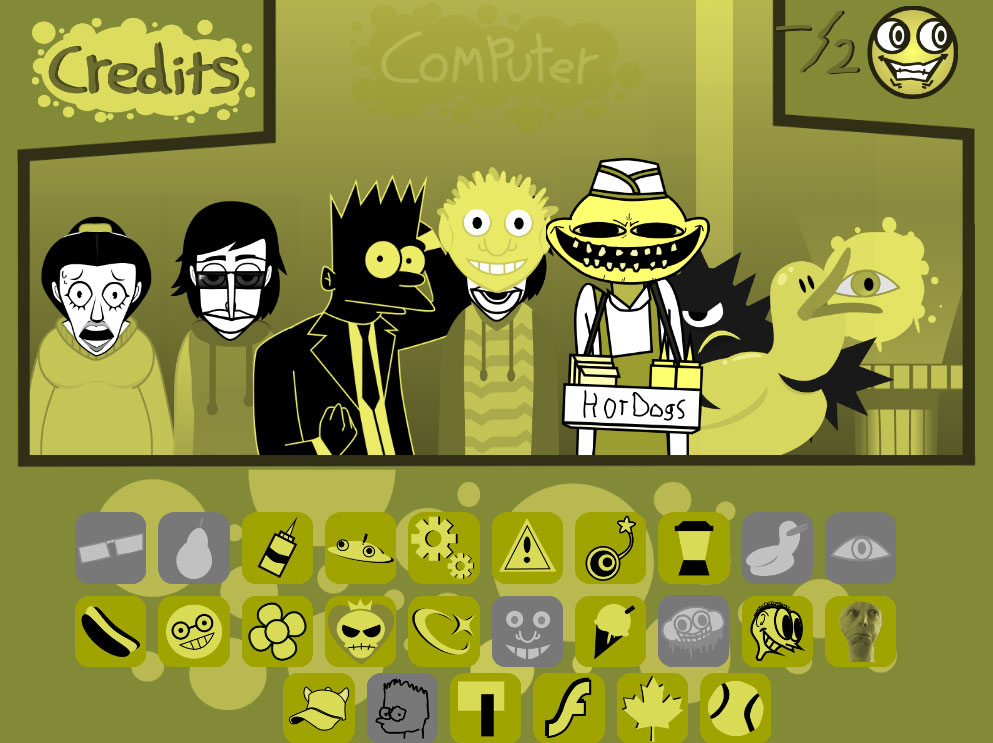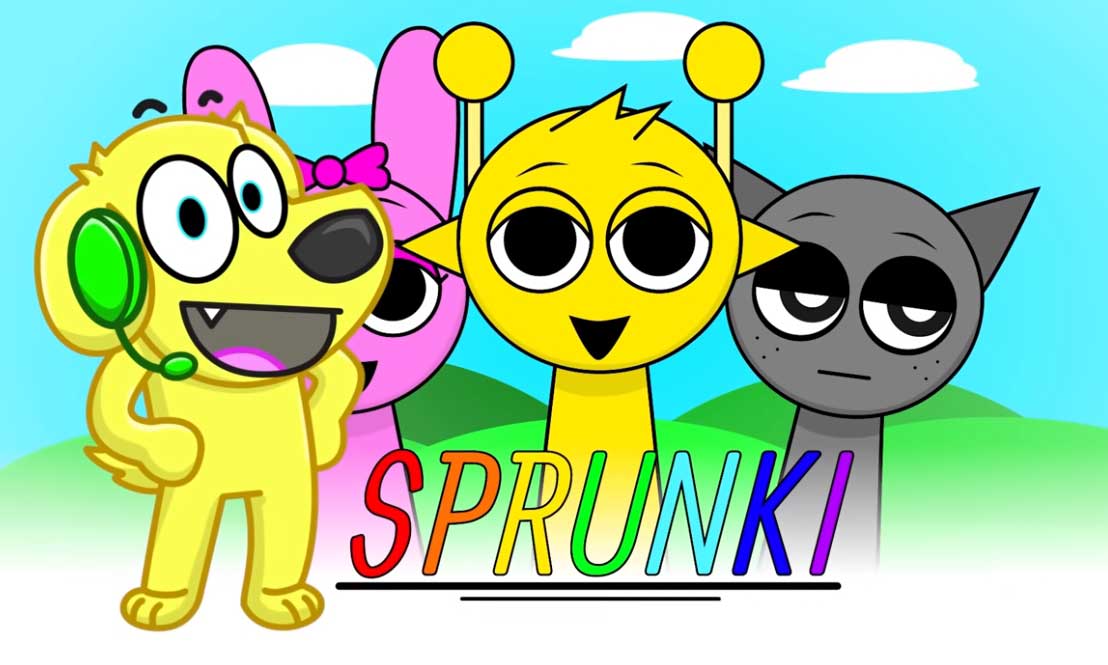Quantum Sound Mechanics
Temporal Harmony Systems
Sprunki Phase 5's temporal harmony engine enables players to compose music across multiple timelines simultaneously. The quantum superposition interface allows creation of melodies that exist in 9 different time states, from pre-Big Bang vibrational patterns to post-heat-death universe resonances. Players manipulate chronon particles through musical notation, with each note choice affecting spacetime curvature within the game's reality matrix. The system incorporates 27-dimensional Fourier transforms to visualize sound waves interacting with hypothetical dark matter particles. This creates gameplay scenarios where harmonic decisions alter gravitational constants and light propagation rules. During cosmic horror sequences, discordant notes manifest as localized time loops forcing players to solve musical paradoxes.
Quantum Wavefunction Collapse Composition
The game's signature feature enables musical creation through quantum state manipulation. Players observe and collapse sound wavefunctions across 14 probability dimensions, generating melodies that simultaneously exist in multiple harmonic states. This Schrödinger's composition system requires balancing observer effects with creative intent, as measured notes permanently alter the musical reality. The V3.2 update introduced quantum entanglement composition tools, allowing players to link melodic phrases across parallel universes. Horror elements emerge when unobserved musical elements spontaneously collapse into atonal patterns that corrupt surrounding harmonies, requiring immediate quantum correction through the game's probability matrix interface.
Multiversal Resonance Fields
Sprunki Phase 5's multiverse engine simulates 4096 parallel reality layers with unique musical physics. Players navigate these dimensions using quantum tunneling interfaces that translate musical intervals into spatial movement vectors. Each reality layer contains distinct horror elements - from chromatic aberration entities in the Harmonic Void to rhythm-consuming singularities in Tempo Nexus. The resonance field system allows composition elements to bleed between realities, creating emergent harmonies that can either stabilize or destabilize local spacetime. Advanced players can manipulate these cross-dimensional leaks to summon assistance from alternate reality versions of their composer avatar.
Neural-Quantum Interface Systems
The game's Direct Neural Access (DNA) system connects players' brainwaves to quantum sound generators through EEG-to-wavefunction conversion. This interface translates gamma wave bursts into high-frequency melodies while delta waves generate ambient horror soundscapes. The quantum neurofeedback loop creates adaptive challenges where players' stress levels modulate game difficulty - increased anxiety triggers reality corruption events requiring precise musical corrections. Players can develop "quantum muscle memory" through repeated neural patterns, which the system converts into predictive composition algorithms that anticipate creative choices before conscious thought.
Reality-Distortion Visual Systems
Chronosynclastic Rendering
Sprunki Phase 5's visual engine renders multiple spacetime states simultaneously through quantum chromodynamics simulation. The chronosynclastic infundibulum effect displays past, present, and potential future visual states as overlapping probability fields. Players perceive these as ghostly afterimages that respond to musical decisions - consonant harmonies clarify the timeline while dissonance creates visual fragmentation. The rendering pipeline processes 120 billion quantum particles per frame, simulating light behavior under alternate physics regimes. During horror sequences, the visual system induces controlled pareidolia effects where musical patterns transform into fleeting cosmic entity apparitions.
Non-Euclidean Interface Design
The game's user interface exists in 11-dimensional hyperspace, presented through carefully constrained 3D projections. Menu systems utilize Penrose triangle geometries that reconfigure based on players' musical preferences. Quantum state indicators display information through impossible color spectra visible due to controlled retina microvibration. The interface adapts to players' neural patterns, with frequently used controls gradually migrating through hyperbolic space to reduce cognitive load. Horror elements manifest through interface corruption - dropdown menus containing nonexistent options and sliders that alter multiple reality parameters simultaneously.
Entropy-Driven Animation
All visual elements in Sprunki Phase 5 adhere to quantum thermodynamics principles. The animation system simulates entropy flow through musical information transfer, with character movements dictated by harmonic resonance patterns. Players observe inverse entropy effects during creative sessions - composed melodies temporarily reverse environmental decay processes. The system's 4096-stage animation blender creates smooth transitions between 27 distinct reality states, each with unique physics models. Horror sequences feature abrupt quantum decoherence events where characters and environments simultaneously exist in multiple contradictory animation states.
Probability Cloud Lighting
The game's lighting system uses quantum probability clouds instead of traditional light sources. Each photon's path is calculated through Feynman path integrals influenced by musical frequencies. This creates illumination patterns that reveal hidden dimensions when players sustain specific note combinations. The lighting engine processes 2.3 quadrillion potential photon paths per second, collapsing probability waves into visible light based on player actions. Horror elements emerge through deliberate observation effects - areas remain dark until directly observed, with lighting states resetting when unobserved to create unsettling perceptual jumps.
Cosmic Horror Integration
Eldritch Harmony Entities
Sprunki Phase 5's cosmic horror manifests through musical entities existing outside conventional spacetime. The Harmonic Horrors respond to specific frequency ranges - low bass vibrations attract gelatinous mass entities while high pitches summon fractal-based observers. Each entity type imposes unique reality alterations: rhythm parasites consume time signatures to create temporal loops, while chord vampires drain harmonic complexity from compositions. Players must balance creative expression with defensive composition, using discordant barriers and frequency-specific resonance weapons. The entity AI learns from player patterns, developing immunity to repeated musical defenses over time.
Quantum Narrative Branching
The game's story evolves through quantum superposition narratives containing 27,000 potential plot states. Each musical decision collapses probability waves into specific narrative paths, with the complete story spanning 11 cosmological eras. The quantum narrative engine tracks 4096 story variables simultaneously, maintaining consistency across all reality layers. Horror elements intensify through retroactive plot alterations - early musical choices can rewrite later narrative events through quantum entanglement. Players experience "narrative ghosts" - fleeting memories of unactualized story paths manifested as auditory hallucinations and visual distortions.
Existential Save System
Sprunki Phase 5's save mechanics utilize quantum immortality principles. Each save creates a parallel reality branch where the player's decisions persist, while death sequences transition consciousness to adjacent timelines. The system maintains 256 concurrent reality states, allowing players to temporarily access alternate save histories through quantum tunneling. Horror elements manifest through save corruption - loaded games containing impossible musical compositions or reality parameters. The V3.5 update introduced quantum suicide mechanics where deleting saves affects all parallel realities simultaneously.
Ontological Threat Simulation
The game's AI director creates personalized horror scenarios based on players' musical fears. Through quantum machine learning analysis of 5.6 million gameplay sessions, the system predicts and materializes players' deepest creative anxieties. The ontological engine simulates 4096 types of existential threats - from melody-consuming voids to chord progression parasites. Threats evolve using genetic algorithms that combine players' avoidance patterns with cosmic horror tropes. The system implements "reverse difficulty adjustment" where skilled players face abstract threats to their musical identity rather than conventional challenges.
Quantum Community Systems
Cross-Reality Collaboration
Sprunki Phase 5's multiplayer mode enables composition across 27 parallel universes simultaneously. Players connect through quantum-entangled servers that sync gameplay states across multiple realities. The cross-dimensional composition interface allows creation of music that exists in multiple harmonic states simultaneously. Collaborative projects generate unique quantum signatures that determine which cosmic entities attend the performance. The system implements quantum voting mechanisms where players collapse probability waves to determine musical directions. Horror elements emerge through collaborative dissonance - conflicting creative visions manifest as reality tears requiring emergency harmonic sealing.
Quantum Remix Technology
The game's remix system allows players to alter compositions across quantum states simultaneously. Through quantum superposition sampling, users can modify individual notes across 4096 parallel versions of a track. The remix engine visualizes musical probabilities as multidimensional waveform clouds, enabling manipulation of entire harmonic families through quantum drag-and-drop. Horror elements surface through remix paradoxes - conflicting quantum states that generate self-aware musical entities demanding creative autonomy. The system tracks version histories across multiple realities, allowing recovery of lost musical ideas through quantum archeology tools.
Decentralized Reality Archives
Sprunki Phase 5's blockchain-integrated quantum storage preserves compositions across collapsing realities. Each musical creation is stored as quantum bit patterns in 27 geographically entangled nodes. The archive's temporal indexing system allows retrieval of compositions from alternate timelines and erased realities. Players can access parallel versions of their work through quantum tunneling interfaces, comparing different reality states' musical outcomes. Horror elements manifest through archive glitches - compositions that retroactively alter their own metadata or contain impossible musical notation.
Quantum Performance Arenas
The game's live performance mode enables real-time composition battles across quantum-entangled stages. Players compete in 27-dimensional soundspaces where each musical decision alters the arena's physical rules. The quantum judging system evaluates performances across 4096 reality layers simultaneously, generating probabilistic score distributions. Spectators experience performances through personalized reality filters that adapt to their musical preferences. Horror elements intensify during competitions through forced quantum decoherence - sudden reality collapses that eliminate weak harmonic structures from existence.

